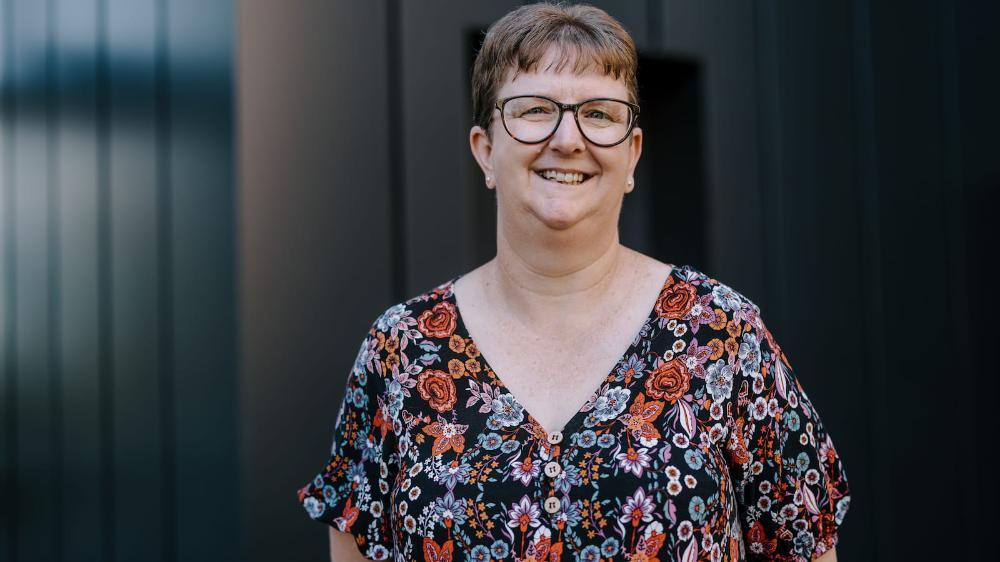UOW researchers collaborate on $4.8m program to decrease hypertension rates and prevent heart disease, stroke and other conditions
Choosing to live in outside big cities should not mean compromising on your health.
But for Australians living in rural and remote communities, who face a significantly higher risk of hypertension and are less likely to receive effective treatment, it is a stark reminder of the ongoing health divide across the nation.
A new research project, awarded $4.8 million by the Australian Government's Medical Research Future Fund, aims to address the urgent disparity and improve cardiovascular outcomes for the seven million people who reside outside major metro areas, through a simple and standardised approach to blood pressure management.
Professor Elizabeth Halcomb and Dr Catherine Stephen, researchers from the University of Wollongong's (UOW) School of Nursing, are collaborators on the five-year multidisciplinary project, which will target Western NSW, where hypertension rates are 10 per cent higher than the national average.
 Professor Elizabeth Halcomb.
Professor Elizabeth Halcomb.
Professor Halcomb said the project would work within communities to treat the issue before it escalates into an urgent health crisis.
"Effectively managing blood pressure has the potential to reduce a range of health conditions, including dementia, stroke, renal failure and cardiovascular disease, all of which lead to poor quality of life and premature death. People can only do this with adequate support from health professionals and a desire to change their lifestyle," she said.
"We are partnering with the Royal Flying Doctor Service, local pharmacies, and general practices to roll out the HEARTS program, aiming to identify more Australians at risk of heart disease and stroke. This collaboration will help us deliver timely, effective treatment to prevent future cardiac events and save lives in rural and remote communities.
"This program offers a sustainable strategy to improve the health, and reduce the inequities, of those Australians living in rural areas."
Based on the World Health Organisation's HEARTS approach, the team, led by the University of Sydney, will take a holistic, multi-layered approach by establishing a national Rural Cardiovascular Health Network and liaising with medical professionals on the ground to strengthen community-based primary care.
This work extends Dr Stephens' PhD project to integrate a team-based approach into rural primary care, which focused on how nurse-led intervention can improve the lives of people living with chronic conditions.
"Often symptomless, high blood pressure is a silent threat. Hypertension affects one in three Australian adults, yet only half receive effective treatment," Dr Stephen said.
"The first step to protecting your health is simple: check your blood pressure and take action if it's high. But that is infinitely easier if you have on-the-ground access to health experts. Strengthening access to primary care services is the next critical step to protect millions from heart attacks and strokes."
 Dr Catherine Stephen
Dr Catherine Stephen
HEARTS is a global initiative designed to transform cardiovascular health and reduce the risk of heart disease and stroke for all communities, by focusing on the prevention and management of cardiovascular diseases - especially hypertension - at the frontline of care.
The approach has been implemented in more than 30 other countries and been shown to detect and treat hypertension effectively but there is a lack of evidence of how HEARTS can work in high-income countries and rural areas.






